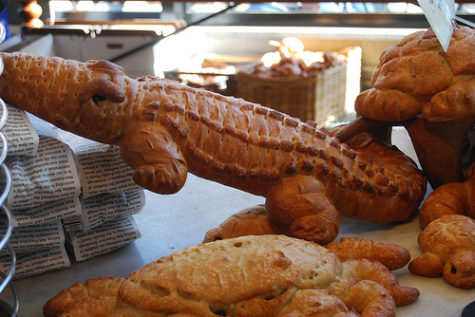One of LWON’s preoccupations is with the prevention, detection, and abolition of bullshit. Christie, who often writes about controversies, gets angry emails which she understands and which suggest to her bullshit’s cause.
Cassie’s friend, Neda, has lots of hair which she wears in a bun which, every time she goes through airport security, the TSA squeezes. Neda doesn’t think she’s being profiled but she thinks her hair is.
Rose ponders, and then ponders again, and then re-ponders why she apologizes for delaying her email responses. She ponders herself right into setting all her emails on fire.
Craig’s life is so — what’s a nice synonym for “chaotic?” — unpredictably lively that he needs an indicator, a barometer, for when the liveliness has gotten out of hand: the number of single socks he has.
Jessa’s story of the days when zoos exhibited not only animals but humans, one of whom was an Inuit named Abraham Ulrikap. He kept a diary. This is the kind of story with which a week should end because there’s absolutely nothing to say about it.

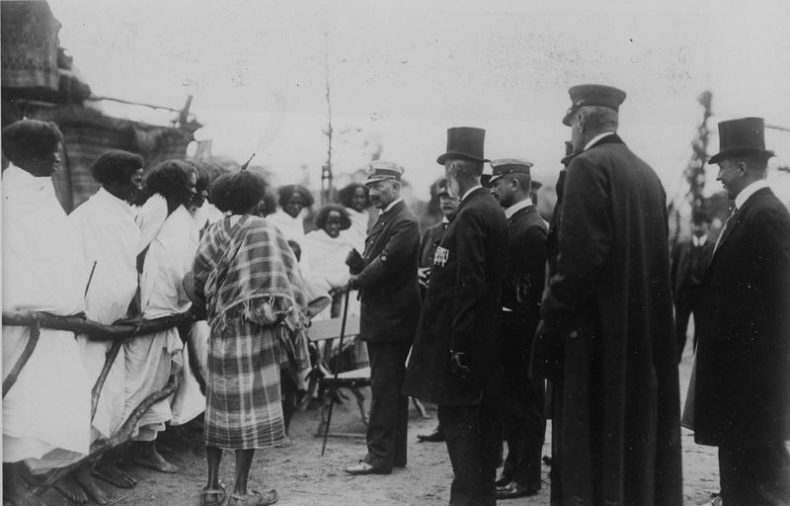
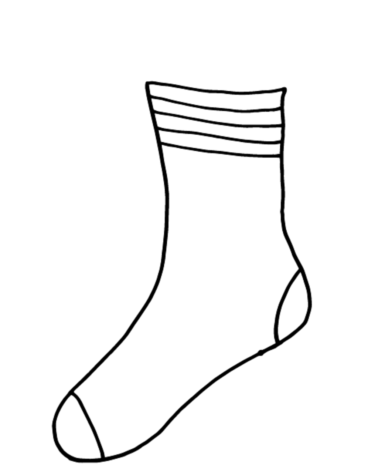
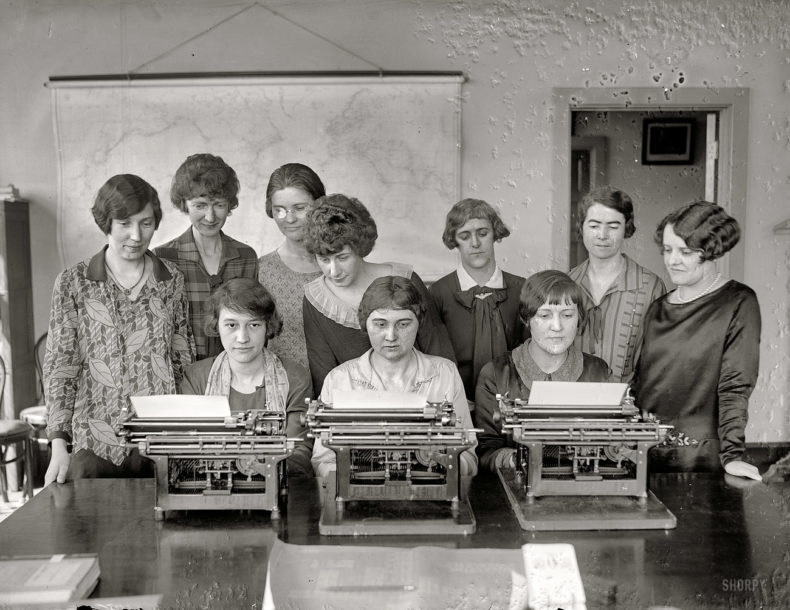

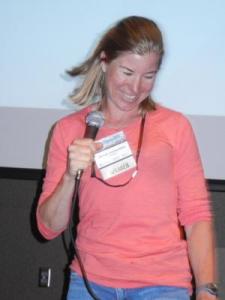

 March 20-24, 2017
March 20-24, 2017